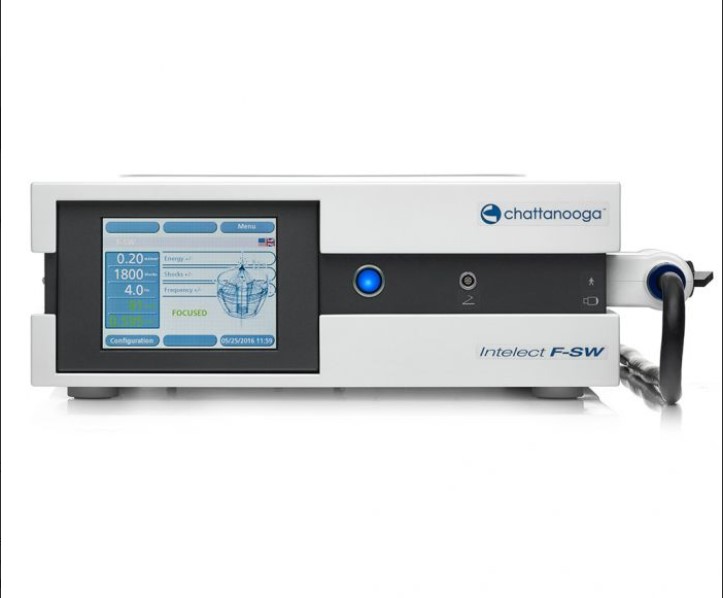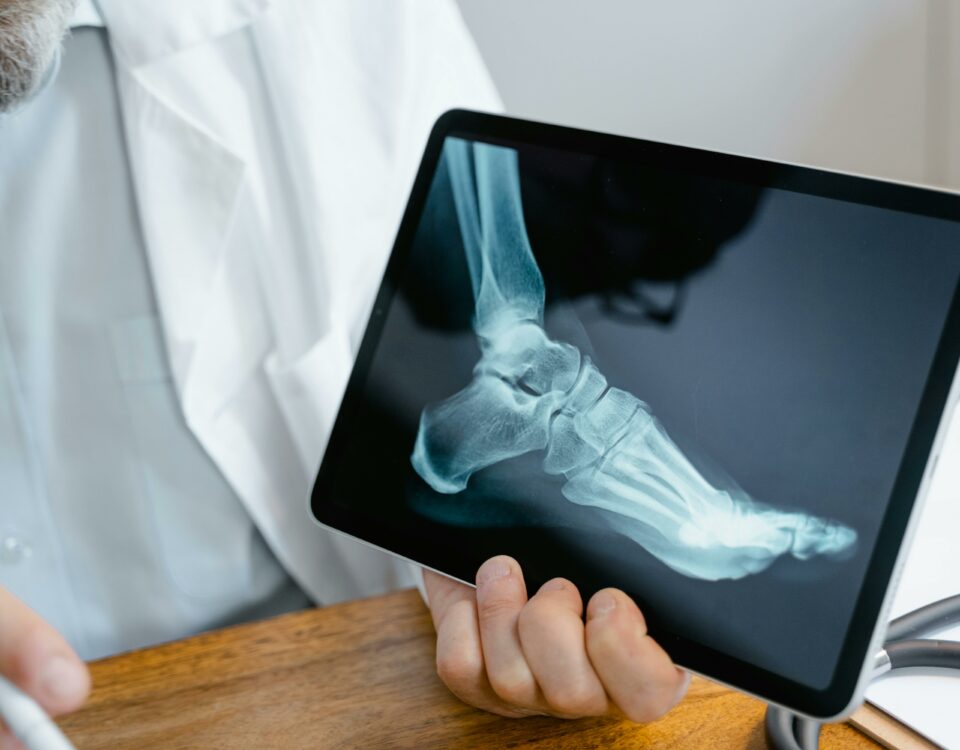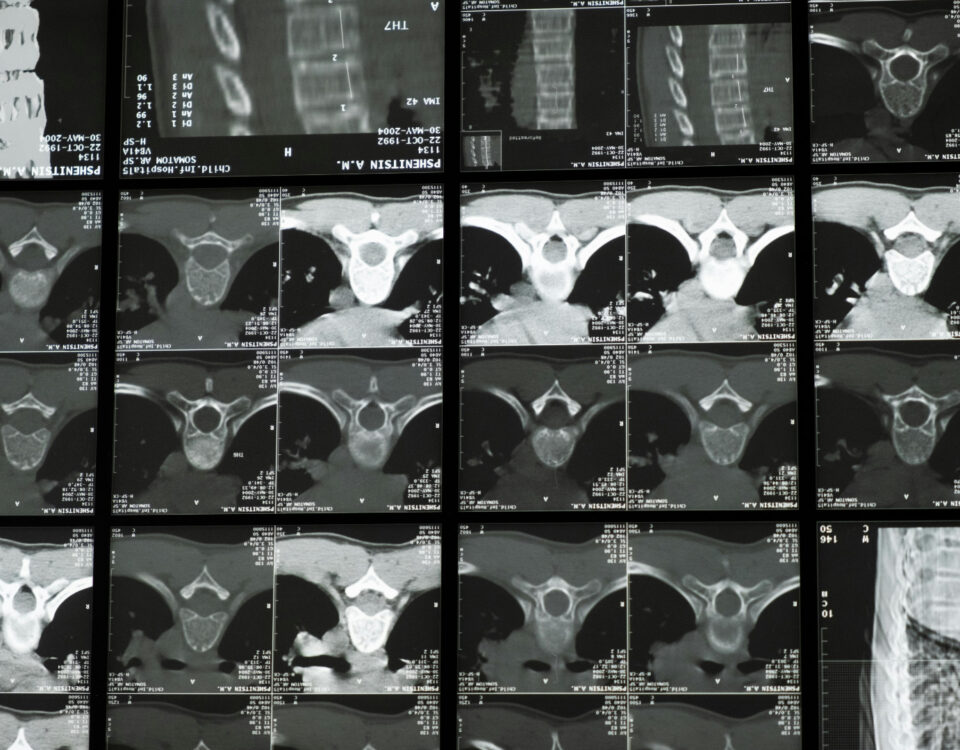
Delivering Chiropractic Safe from the Covid-19 Delta Variant
August 16, 2021
Is Omicron waning? Don’t let your guard down.
January 19, 2022What are the symptoms of COVID-19 if you’re fully vaccinated?
Symptoms of second Covid-19 “breakthrough” infections are statistically milder than the initial illness. You might just have a headache, a runny nose or loss of sense of smell. Still, Covid-19 infections are setting new daily records. At-risk persons are still more susceptible to harsh COVID-19 symptoms, and a secondary infection can result in hospitalization or death. Vulnerable or not – Delta variant or not – officially we say “just get tested”.
Understanding symptoms in a Pandemic is all about the quality of the data. The ZOE Covid-19 study is a 2021 UK program that is following over 1 million people who used a Covid-19 contact-tracing App in the UK. This is considered high-value, actionable data, updating in almost real time.
First, let’s clarify that 85% of vaccinated persons who get a Covid-19 “re-infection” (breakthrough infection) could statistically be asymptomatic. Statistically, 15% will report some symptoms, over the course of at least 5 days. The key word here is “could”. At the same time, have you ever heard the expression “don’t be a statistic”? The virus can still take a minimum of 4 to a max of 7 days to incubate after exposure, vaccinated or not. Is your opinion, level of understanding or philosophy worth finding out which statistic you or one of your loved ones are?
What symptoms of COVID-19 might you report after 4 days following an exposure if you’re fully vaccinated?
Generally, similar symptoms of COVID-19 were reported overall in the app by people who had and hadn’t been vaccinated. However, fewer symptoms were reported over a shorter period of time by those who had already two shots, suggesting that they were falling less seriously ill and getting better more quickly.
Here is a current ranking of COVID-19 symptoms after 2 vaccinations:
Headache (1st)
Runny nose (2nd)
Sneezing (3rd)
Sore throat (4th)
Loss of smell (5th)
The previous ‘traditional’ symptoms as still outlined on the government website, such as anosmia (loss of smell), shortness of breath and fever rank way down the list, at 5, 29 and 12 respectively. A persistent cough now ranks at number 8 if you’ve had two vaccine doses, so is no longer the top indicator of having COVID.
However, the symptoms also appear to be randomly assorted. One might have #5, loss of smell, for example, but none of the others. Loss of smell being relatively recently unique to Covid-19 compared to anything commonly “going around” these days, should be taken seriously. Any one or combination of the above symptoms should be considered a possibility, and a reason to take a test.
Curiously, we noticed that people who had been vaccinated and then tested positive for COVID-19 were more likely to report repeated sneezing as a symptom compared with those without a jab. Frequent sneezing (in the absence of a history of episodic frequent sneezing, for example, with allergies) prompts a closer consideration.
The parameters, “Hands, Face, Space, Fresh Air” remain critical imperatives. Wash your hands and keep disinfecting them throughout the day. Wear an approved, appropriate face mask. Maintain distancing space as much as possible and keep close contact with unknown persons brief. Be outside more than inside, keep fresh air flowing into a space and old air out. Have you been vaccinated, and when? if not, why not? Is it time to ask your PCP for a Booster shot? If you have questions about this – or need help getting a test, vaccination or booster – let’s talk about it at Blue Heron Chiropractic. Contact us for an appointment today.
Stay healthy!
Source Material: Zoe Covid Study https://covid.joinzoe.com/post/new-top-5-covid-symptoms#part_1




